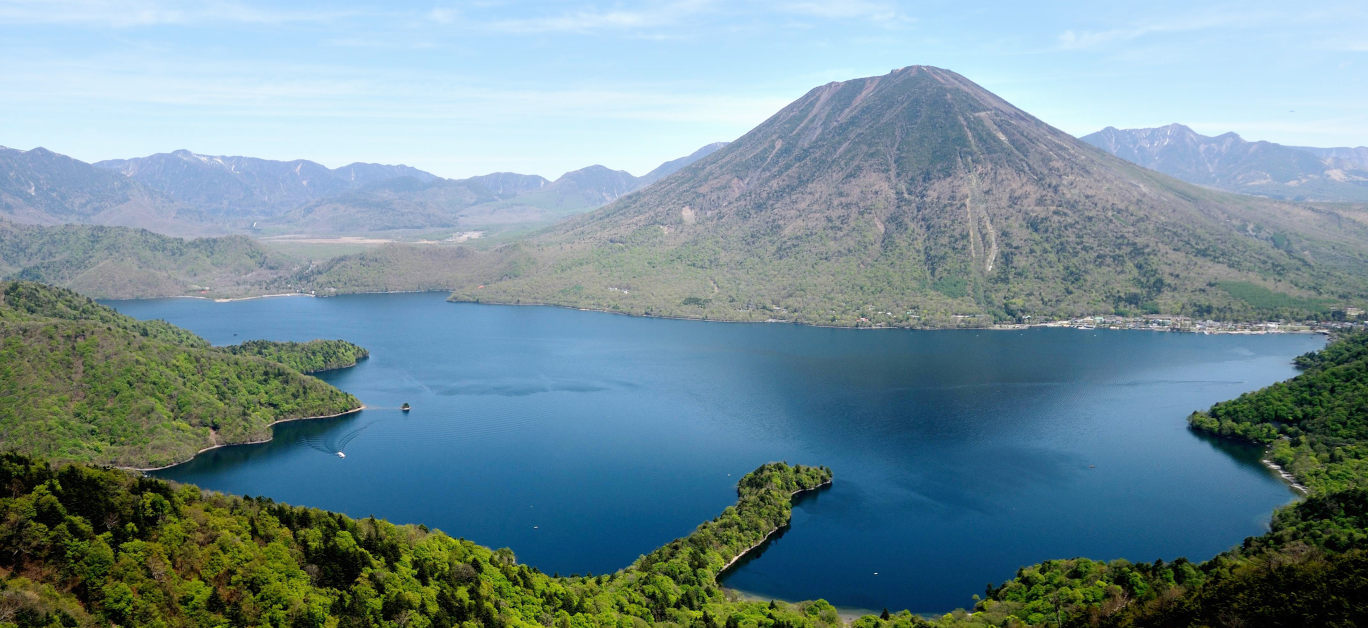Japan is known for its vibrant culture and mouth-watering cuisine, but beyond the buzz of Tokyo, there’s an awe-inspiring world of natural beauty just waiting to be discovered. Just one to two hours from capital city Tokyo, the Tochigi Prefecture is a destination you’ll most certainly want to add to your itinerary, and places a focus on wellbeing through its abundant quality natural water sources.
From glimmering lakes to plunging waterfalls and restorative natural hot springs, this is a place to reconnect with nature and with yourself, and best of all, you can do it all whilst enjoying all of the remarkable cultural experiences this exciting country has to offer during a luxury break.
Located in the north-western part of Tochigi Prefecture, Nikko City is home to a mountainous region known as the Nikko mountain range. The rain that pours here brings the surrounding area great natural beauty and a special experience. It also forms a vast underground water vein that provides a variety of blessings to the downstream areas, including hot springs and the cultivation of agricultural products.
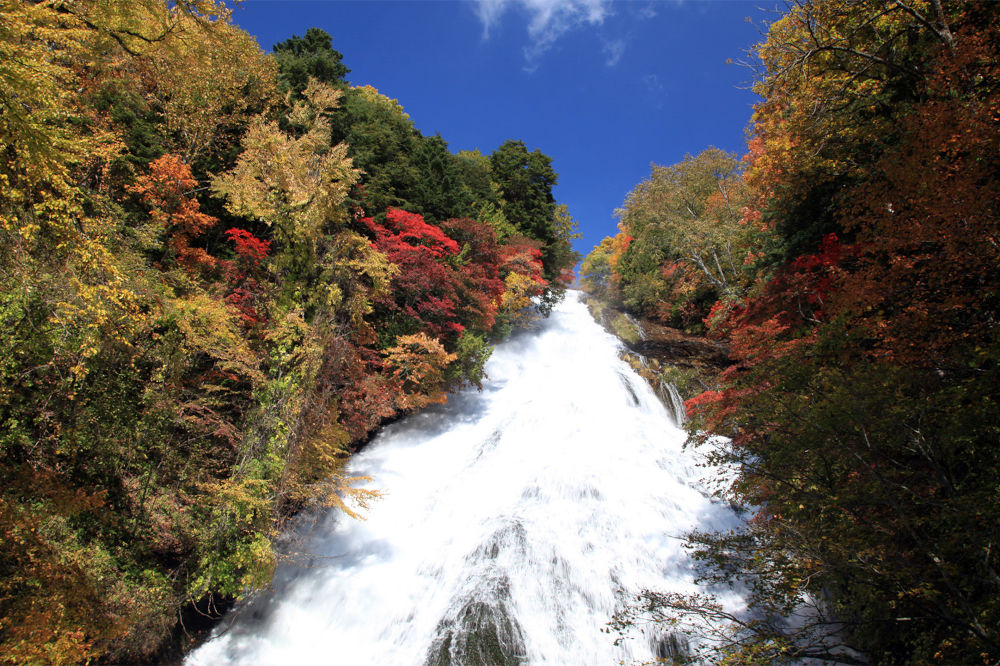
Here, we take a look at all of the wonderful things to see and do in Tochigi and to infuse a sense of wellness into your journey through visiting and experiencing the region’s water sources – and seeing plenty of breath-taking scenery and cultural sights along the way, too. You’re certain to leave feeling restored and rejuvenated, and you might even get a blessing at a ‘miracle working’ spring along the way.
Getting there
If you’re beginning your journey in Tokyo, the brand new and super-luxurious SPACIA X train on the Tobu-Nikko Line, with its plush interiors and extra-comfortable seating, will get you there in style. Two hours north from Asakusa Station is Tobu Nikko Station, giving you plenty of time to sit back, relax, and enjoy the incredible views of the surrounding landscapes throughout the journey. Don’t miss the extensive food and drink menu on SPACIA X, which are the product of a collaboration with local businesses. Travelling this way isn’t a necessary chore – it’s all part of the experience and promises to be a highlight of the trip.
Don’t forget to bring a refillable water bottle with you! When you arrive at Tobu-Nikko station in central Nikko, you’ll see a tap and a small sign in front of the station claiming the water from Nikko is the best in Japan. So twist the tap on, fill your bottle up, and you’ll be ready to explore this glorious region and all of its hidden water-themed treasures.
Central Nikko
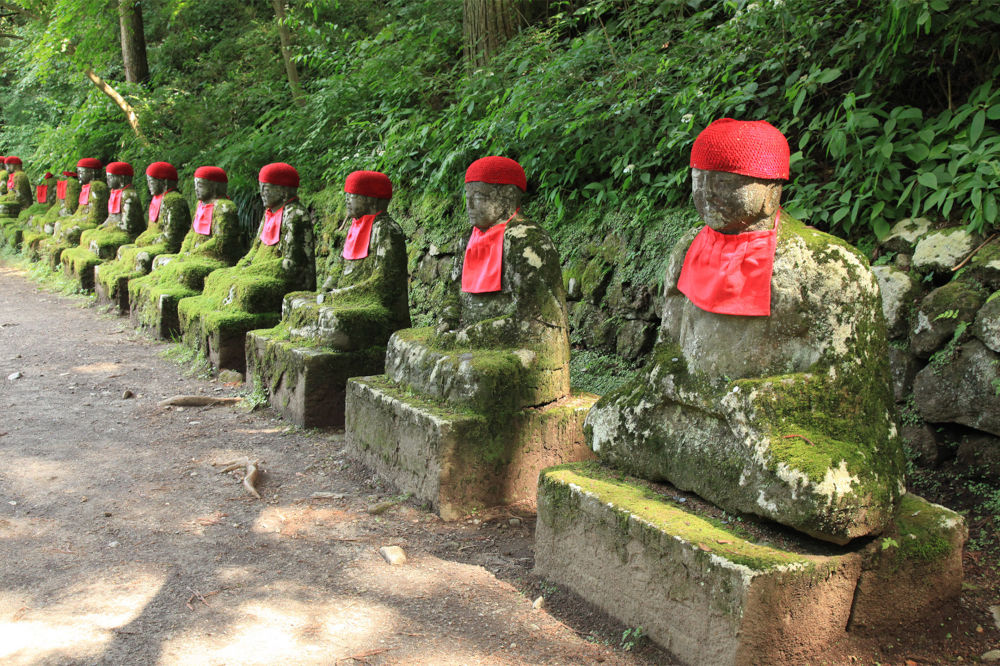
The central Nikko area – a historical nature resort – is renowned for its UNESCO world heritage registered temple and shrines, making it an essential addition to your itinerary if you’re a culture lover – and, of course, if you are following the natural flow of water from the mountains, too. The spectacular Nikko-Toshogu-Shrine and Futarasan-Jinja Shrine, as well as the Rinnoji Temple, are breath-taking sights you won’t want to miss and offer a chance to enjoy some unique encounters with some of the region’s quality water sources.
The show-stopping Shinkyo, a vermillion-lacquered wooden bridge, is a popular photo spot and, as legend would have it, was constructed from snakes by local deities.
The Futarasan-jinja shrine, a centre of worship located in the Nikko Mountains, is popular with visitors who come to be blessed with its sacred energy. Here, you can see and even drink the Futaara Reisui – the water from its ‘miracle-working’ spring – which is where the rainfall water from the surrounding Oku-Nikko mountains flow gently out from underground. As legend would have it, the water is said to keep you young, boost your intelligence and is even good for making sake. In fact, local sake breweries use this sacred water to do just that to ensure theirs is the very finest possible – so you’ll definitely want to pause here and refill that bottle.
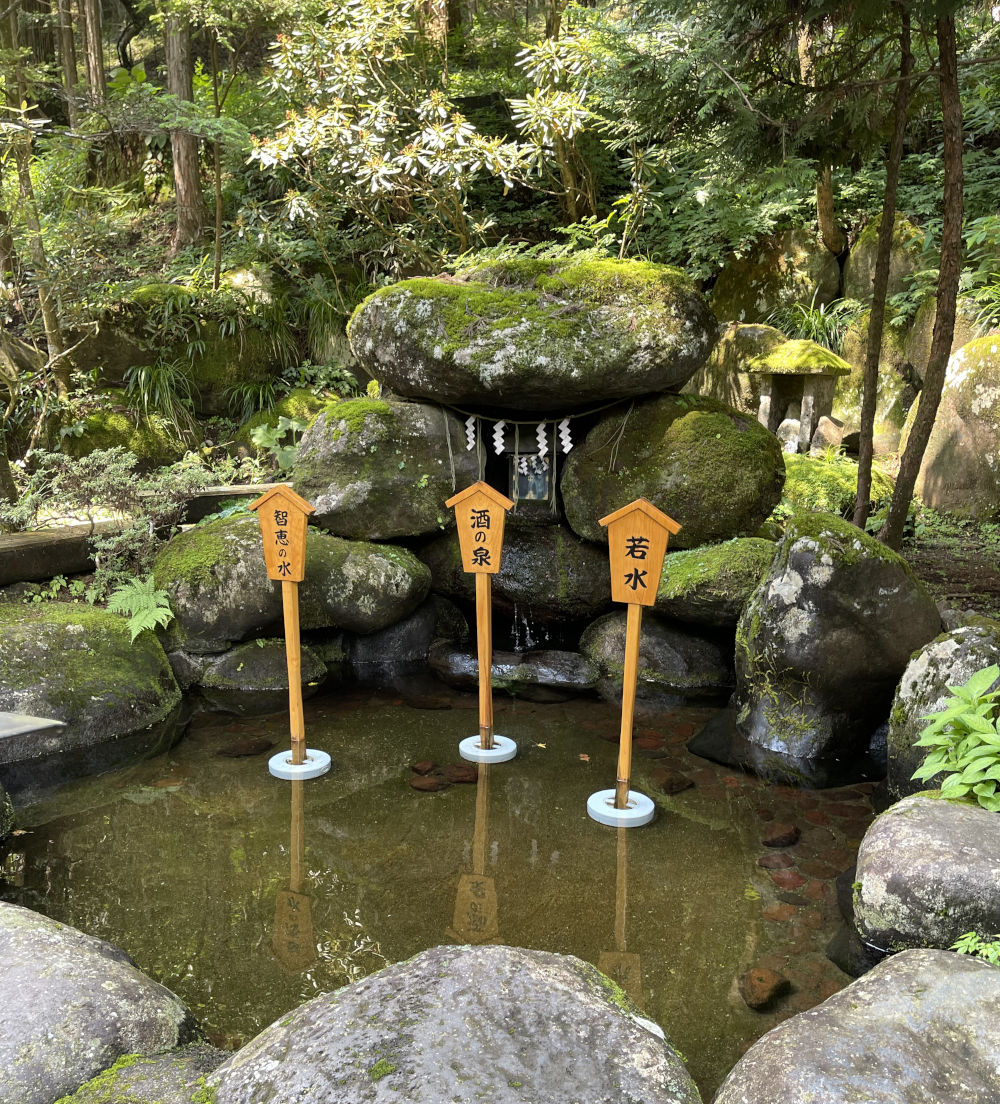
The Nikko-Toshogu Shrine, meanwhile, is where Ieyasu Tokugawa, the great Shogun who started the Edo period, is enshrined, although most of the shrine complex it’s possible to see today was rebuilt in the 17th century. It comprises 55 colourful buildings in total, 34 of which are listed as important cultural property and eight of which are designated national treasures.
The Youmeimon Gate is particularly spectacular; covered in around 240,000 sheets of gold leaf, this seven-metre-wide gate is eleven metres high and is decorated with 508 elaborate carvings of dragons, phoenixes and other imaginary animals, as well as depicting events and sages including those from ancient China. It’s easy to see why it’s known as the most beautiful gate in Japan, and it’s also often referred to as the ‘all day gate’, because it’s impossible to get tired of looking at it.
Adorned and decorated with stunning carvings, the symbol of peace – the ‘Sleeping Cat’ and the ‘Three Monkeys’ in their ‘see no evil, hear no evil, speak no evil poses are essential viewing when visiting the shrine.
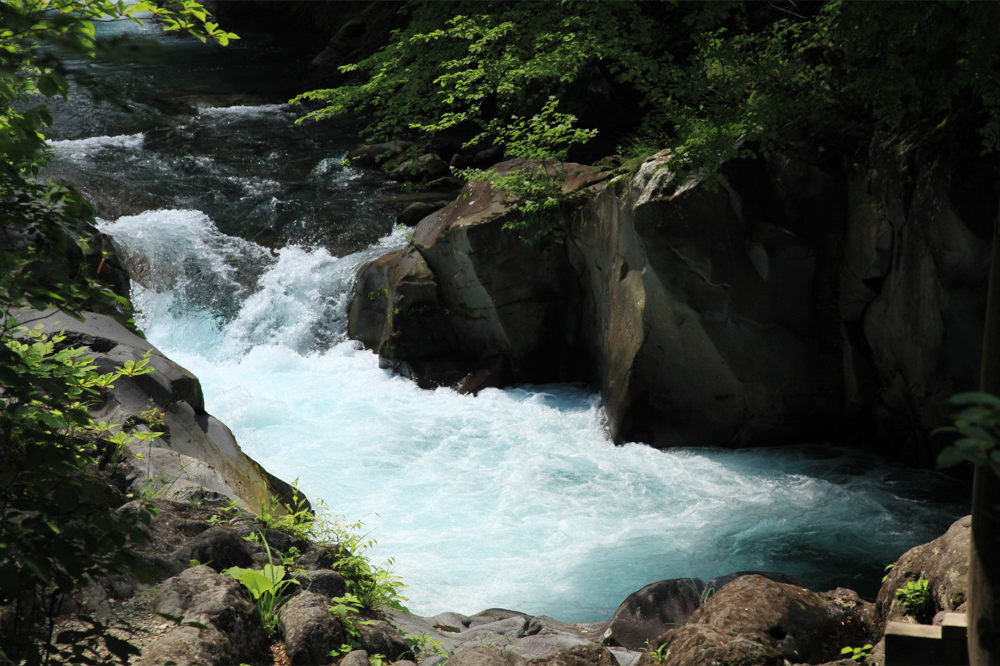
If you have time afterwards, then be sure to take a stroll over to the Kanmangafuchi Abyss by the Daiya river – a gorge that begins at Kegon Falls and was formed by lava flow from Mount Nantai. Many Jizo statues sit along the gorge, a mysterious sight to behold and one that is captivating enough to spend some time simply taking in in silence.
Other great things to do in the Central Nikko Area include a visit to one of the local sake breweries, which use the pure and delicious water that pours down from the mountains of Oku-Nikko to brew their special sakes to perfection in the Tochigi Prefecture.
One of the most notable breweries to add to your itinerary is the Watanabesahei sake brewery. The family that runs it has been preserving the tradition for more than 180 years and, here, you can choose between a 45-minute or 90-minute tour, the first of which entails a brewery tour and a sake tasting, while the latter also includes access above the fermentation tank and a more in-depth tasting session paired with specially selected and matched Japanese snacks.
The Katayama Sake Brewery is also close by, and specialises in Genshu – unfiltered, unpasteurised and undiluted sake. During the winter season, the seventh-generation owner brews all of the sake himself.
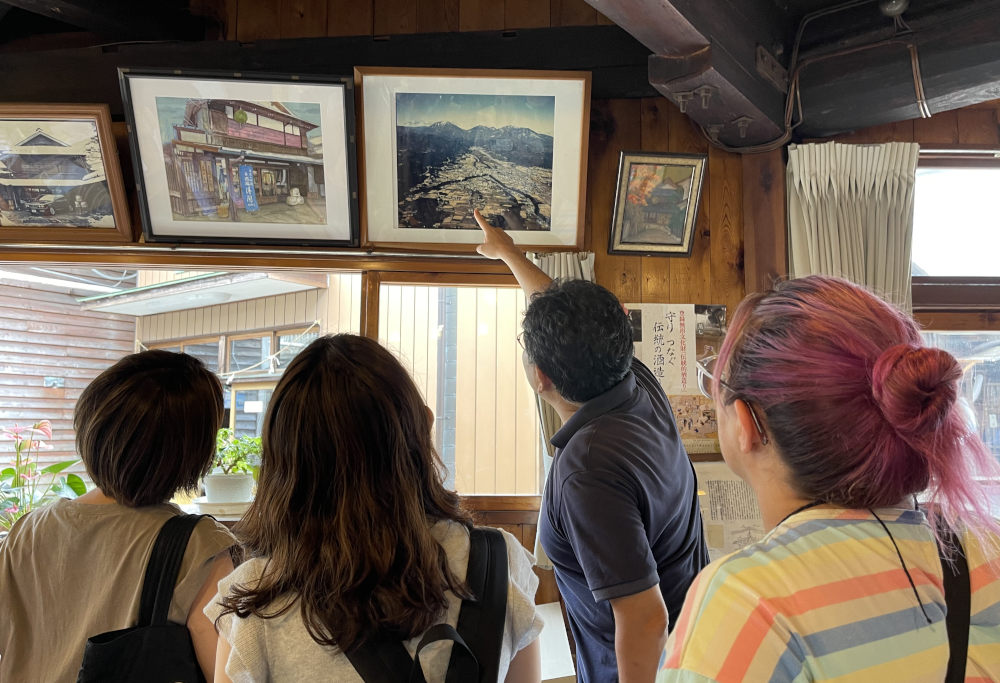
Where to eat
Takaiya Restaurant
Nikko is known for its Yuba – a tasty dish made with tofu skin, which is high in protein and iron. Originally part of a vegetarian diet for monks, it has since been recognised as a nutritional powerhouse and superfood, and today it’s a popular dish that is eaten widely.
The pure, clean water from the Nikko mountains is its main ingredient, and it is best enjoyed at Takaiya Restaurant, which has been serving up the delicacy since 1805, gaining popularity amongst renowned writers and artists during the Meiji and Taisho periods.
Where to stay
Nikko Senhime Monogatari
Just a ten-minute walk from the Nikko Toshogu Shrine, the Nikko Senhime Monogatari is ideally located for exploring Central Nikko and features traditional tatami (woven straw) floors and futon bedding, for a really authentic Japanese feel. The hotel offers Western-style rooms with beds for guest who don’t want to sleep on the tatami floors and futon bedding. There are both indoor and outdoor public hot springs for guests to relax and unwind in, too, with massage treatments available to book on arrival.
Nikko Kanaya Hotel
The oldest classic resort hotel in Japan, the Nikko Kanaya hotel is steeped in rich history and tradition. Again, it’s just a short stroll from the Nikko Toshogu Shrine and features luxurious western furniture that blends seamlessly with the beautiful Japanese architecture.
Oku-Nikko
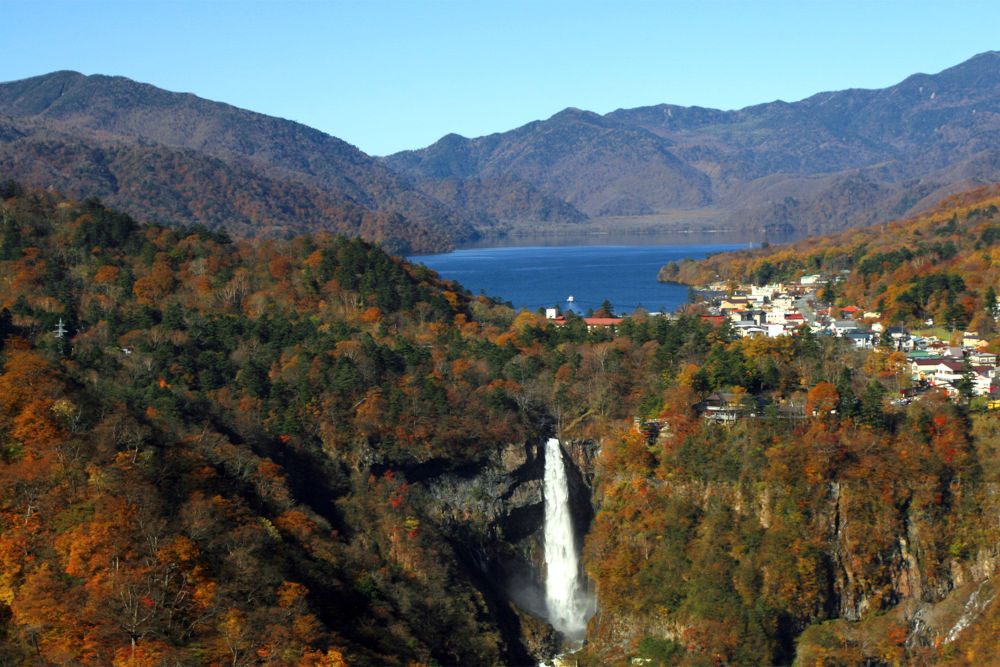
Onwards via the steep, climbing winding roads of Irohazaka, Oku-Nikko is just a 30-minute drive away and is a place where culture and nature meet and exist in perfect harmony. Its breath-taking untouched wilderness, ancient forests, pristine lakes, imposing mountain peaks and cascading waterfalls make it one of the most scenic places to visit in all of Japan, and one that can’t help but instil a sense of peace and calm.
Along the way, you can pause at the Akechidaira to take the three-minute ropeway ride, which will take you to a viewing platform from which you can enjoy the best views of the entire area, seeing all the way to Lake Chuzenji, Kegon Falls and Mount Nantai, while to the east, you’ll see a line of cliffs and mountain ranges in the distance. Don’t forget to take your camera and, ideally, bring a zoom lens to get the best possible shots from the experience.
The glittering Lake Chuzenji is a highlight of Oku-NIkko forest and should be at the top of your agenda. At an altitude of 1,269 metres, it’s one of the highest natural lakes in the country, and walking the 25-kilometre hiking trail around its perimeter or simply standing and gazing into its crystal clear blue surface will instantly fill you with a sense of serenity. Created around 20,000 years ago following an eruption of nearby Mount Nantai, the lake now stands at the foot of the mountain, and you’ll even find a hidden temple on its shores.
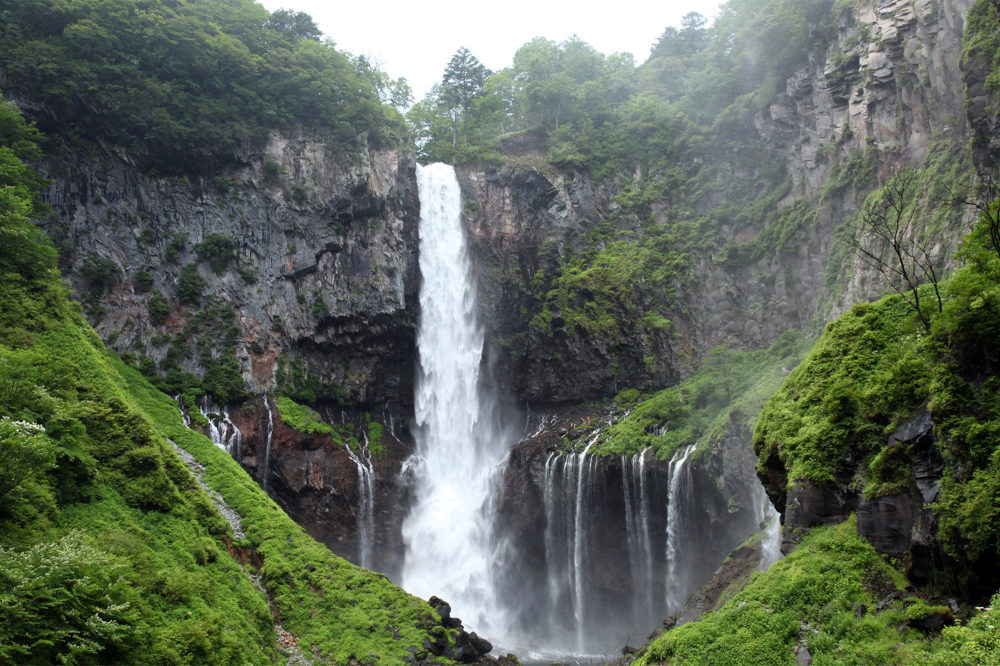
It was because of these appeals that the G7 Ministerial Meeting on Gender Equality and Women’s Empowerment was held here in June 2023.
From this same lake, the dramatic Kegon Falls cascades, and the power of it is quite something to witness. At a height of 97 metres, it has been ranked amongst Japan’s top three most beautiful waterfalls, and it’s easy to see why. Surrounded by lush greenery in the springtime and summer, beautiful colourful foliage in the autumn, and often frozen solid in winter, the spectacular scenery changes with every season, which means there’s something new to see in each. Paid admission to an observatory platform at the base of the falls will afford you privileged close-up views and a real feel for the force of the water.

If you’re the active type and all of that hiking isn’t enough for you, then one of the best things you can do at Lake Chuzenji is to go stand-up paddle boarding with Sup! Sup! Nikko, which is located on its banks. This local company offers a range of SUP activities for all levels and abilities and from your SUP, you’ll get a unique perspective of the lake and the surrounding mountains, and be able to quietly soak up the tranquil atmosphere of this magical place as you take it all in. It might be an active pursuit, but it’s also the ultimate wellness activity and is guaranteed to re-instil a sense of calm.
There are many more waterfalls to explore in Oku-Nikko, as well as Lake Yunoko, with its Onsen hot springs, and the expansive marshlands of Senjougahara. The latter comprises a protected wetland that is designated to be of national importance under the Ramsar Convention, and an array of walking trails.
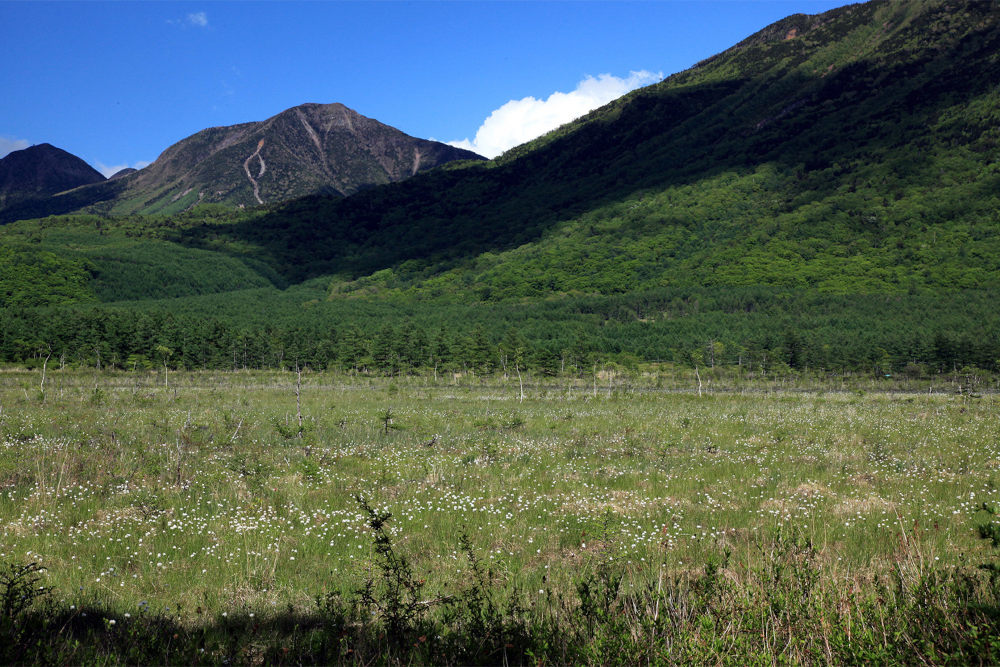
Where to stay
The Ritz-Carlton Nikko
Located on the banks of Lake Chuzenji in the Nikko National Park and with panoramic views of picturesque Mount Nantai and Lake Chuzeji, The Ritz-Carlton Nikko offers luxury accommodations set in beautiful and tranquil natural surroundings. The hotel draws on minimalistic Japanese design and tradition, and features traditional engawas on its porches, while the wellness experience here is second to none thanks to the resort’s onsen (hot spring) – the only Ritz-Carlton branded onsen in the world.
Chuzenji Kanaya Hotel
A log cabin-themed Western-style hotel nestled in the forest that edges Lake Chuzenji, this hotel offers a cosy fireplace lounge overlooking the woods, an indoor hot-spring bath and an art space. Just two minutes’ walk from the lake, rooms are heated and decorated in a classical style and feature wood furnishings. For a quick break from all of that delicious Japanese cuisine you’ll almost certainly have been indulging in so far, be sure to book a table for dinner at the hotel’s restaurant, where you can dine on the hotel’s popular French cuisine prepared with local ingredients.
Utsunomiya
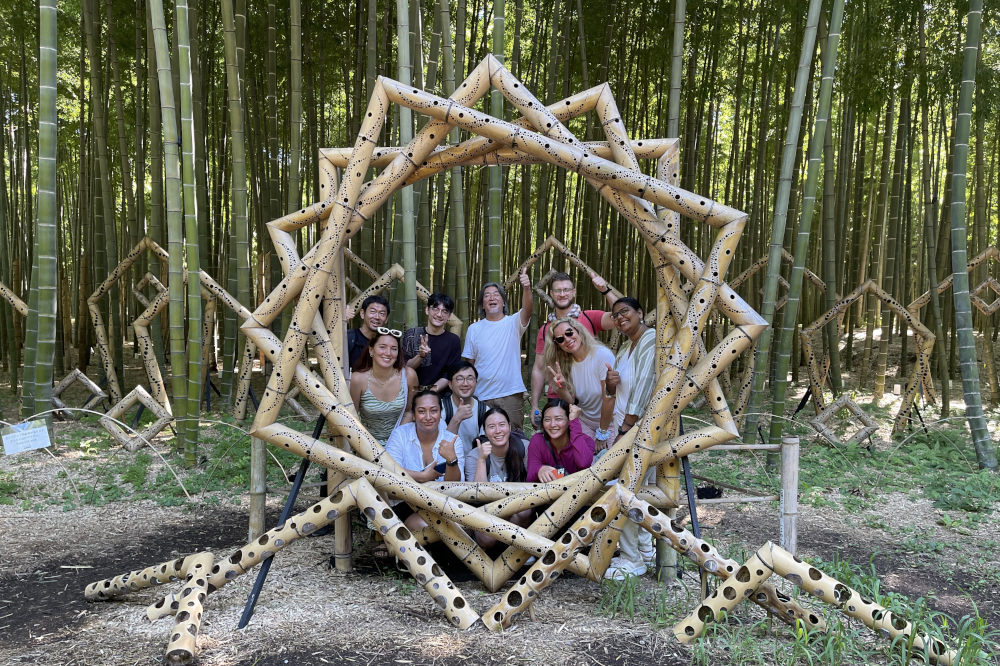
Before heading back to Tokyo, Utsunomiya City is a great place to stop off, and take in some more local culture and natural beauty, as well as following the region’s water sources one step further.
Near to the Oya district (and between Utsunomiya and Nikko) is the beautiful Wakayama Farm, the largest bamboo forest open to visitors in Japan, where visitors can see beautiful bamboo, whatever the season. This impressive and evidently well cared-for bamboo grove is spread over 21 hectares of land, the farm is known for its commitment to sustainably cultivating bamboo shoots and water chestnuts through the use of a circular-agriculture method, and has been doing so now for more than 100 years.
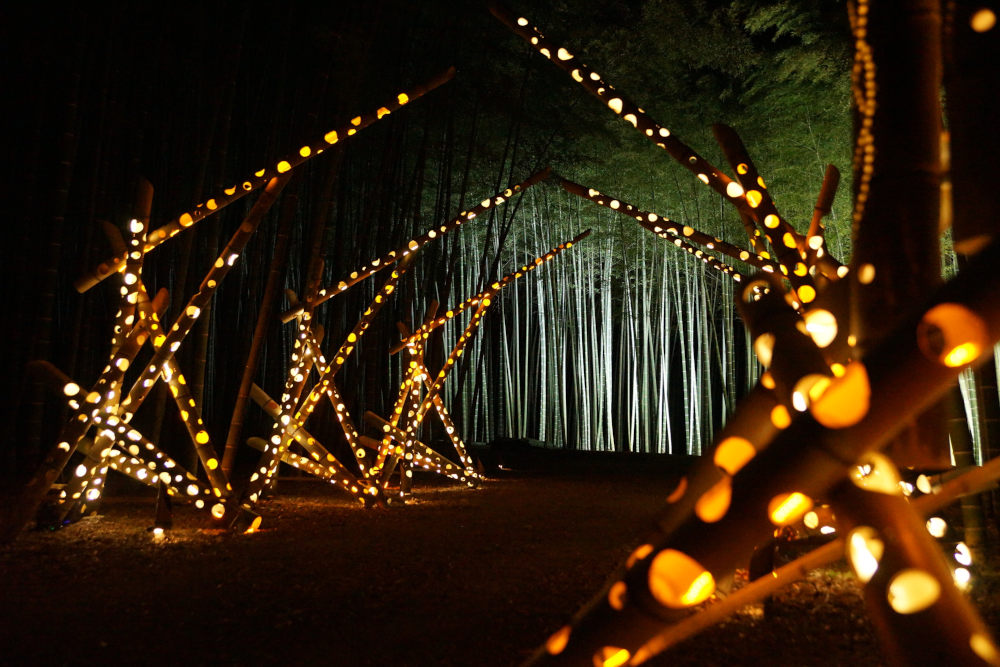
The underground water from Nikko, which is 50km away, flows downstream to Utsunomiya, and here, it bubbles to the surface, forming a stream which starts a river. According to research, the water’s journey from Lake Chuzenji to Wakayama Farm takes around two to three years, and is thought to be naturally filtered and infused with minerals along the way.
This vast bamboo forest seems never-ending, and is a wonderful place to come and get lost. It’s not usually crowded as it is a very large area, but is truly a hidden gem and a wonderful place to soak up the peace and tranquillity of this magical land.
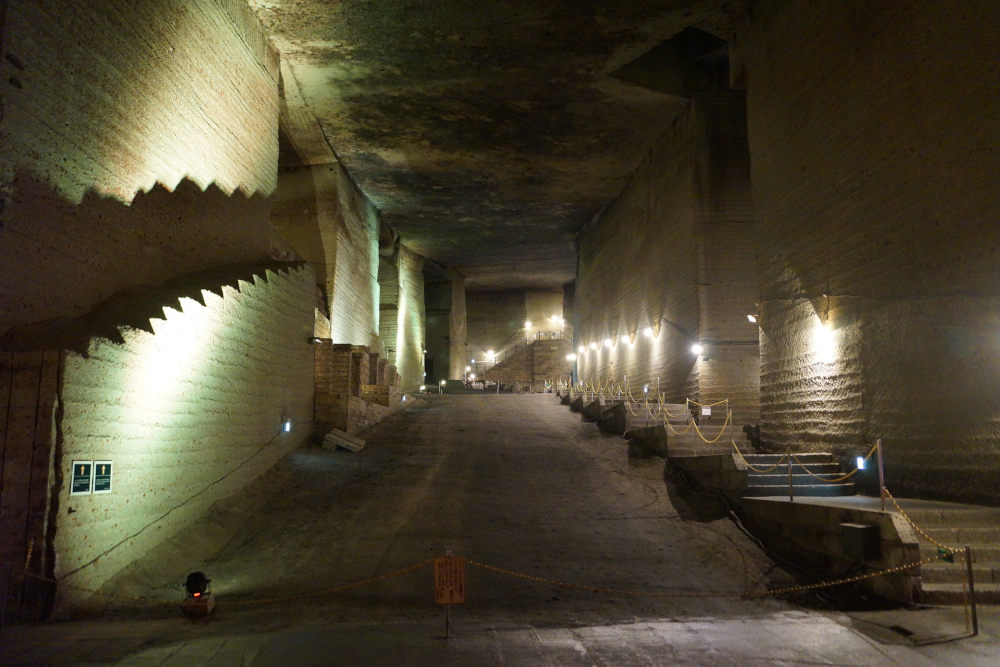
The Oya area – a stone town that is registered as a Japanese Heritage Site, is a must. At Oya History Museum, you can learn about the city’s mining culture and see the huge underground space. You can also visit Ooyaji Temple, an ancient temple that features the oldest stone-carved Buddha in Japan.
Utsunomiya plays host to many notable events throughout the year, and if you’re a sporting enthusiast then you’ll be pleased to know that Utsunomiya is also the home of major world sports events such as the Japan Cup (bicycle racing) and the 3×3 world basketball championships.
Where to eat
Hachinojo Restaurant
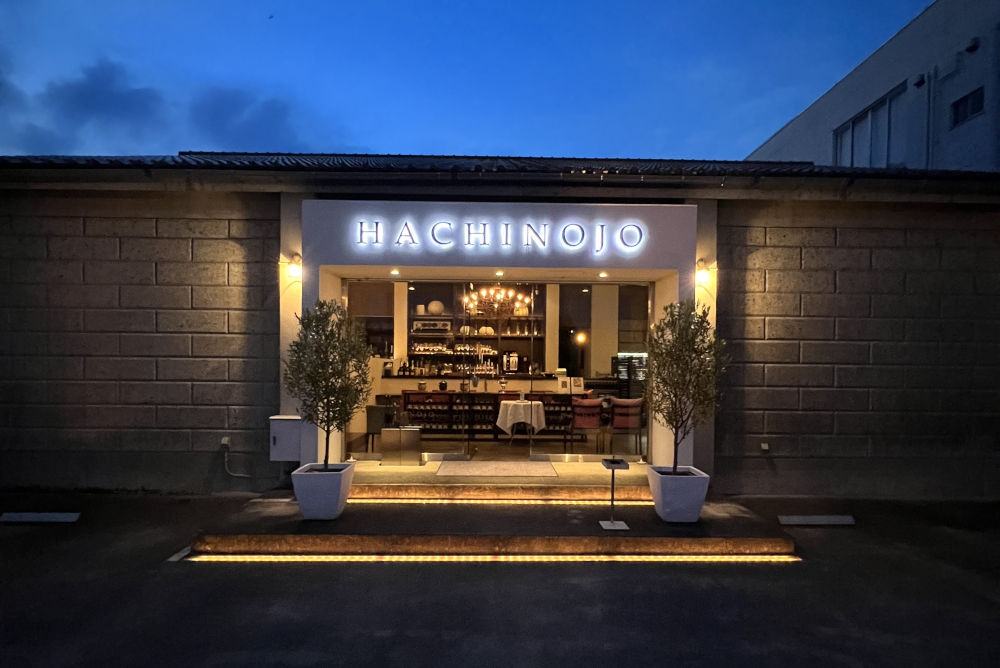
One of the most recommended restaurants in Utsunomiya is Hachinojo Restaurant. The ten-course tasting menu is based around local Tochigi Prefecture water and features healthy dishes crafted from locally-sourced ingredients and fine seasonings, and might just be the most show-stopping meal you have in Japan.
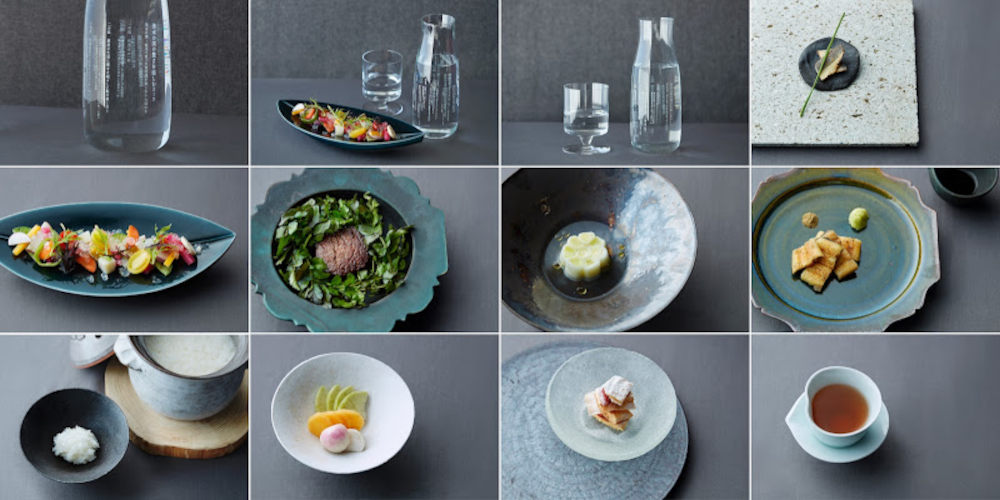
Samurai Jugemu
Utsunomiya is home of the famous ‘gyoza’ dumpling, and there are plenty of great places to stop and sample some across the city. To try the mouth-watering handmade gyoza the city is known for, drop in at Samurai Jugemu for soft, chewy dumplings bursting with flavour and stuffed with a variety of different fillings that go perfectly with a bottle of local beer.

The city is also famous for its vibrant nightlife and sophisticated jazz and cocktail bars, as well as an array of independent Japanese Izakaya bars, where alcoholic drinks are served with a variety of snacks and light bites. In English, izakaya means ‘dine-in sake shop, to give you more of an idea – and they are places where guests come to eat, drink and socialise.
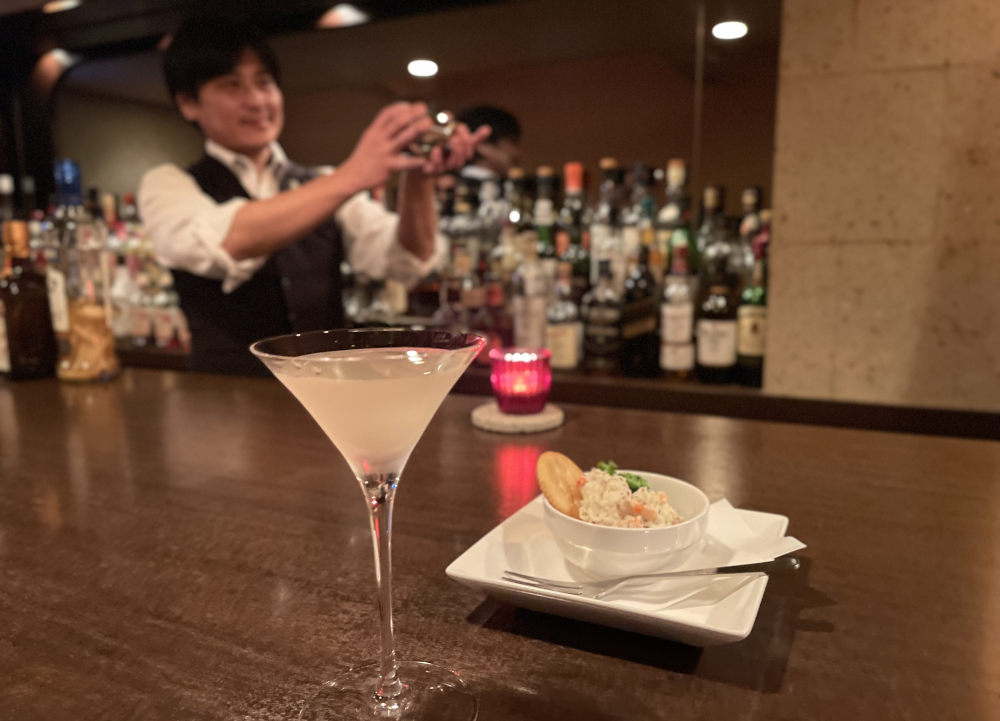
Where to stay
Utsunomiya Tobu Hotel Grande
For air conditioned rooms with a choice of mountain or city views, check in at the Utsunomiya Tobu Hotel Grande. Rooms are minimalistic, and décor is in neutral tones – but most importantly, you’ll be conveniently located for exploring the city and won’t have any trouble finding your way back after hitting those local izakaya bars.
Fairfield by Marriott Tochigi Utsunomiya
Think more minimalistic Japanese design and comfortable accommodation, with everything you need for an enjoyable stay. The hotel is also close to Wakayama Farm as well as the Oya area, making it the perfect base from which to explore.
Factbox
For more information for your trip to Tochigi Prefecture head to visit Tochigi’s official page and here are some ideas to help your travel to Tochigi and nearby areas from Tokyo.
Photos were provided by Tochigi Prefecture Tourism & Local Products Association, NearbyTokyo.com, Nippon Travel Agency, and Hachinojo Restaurant












